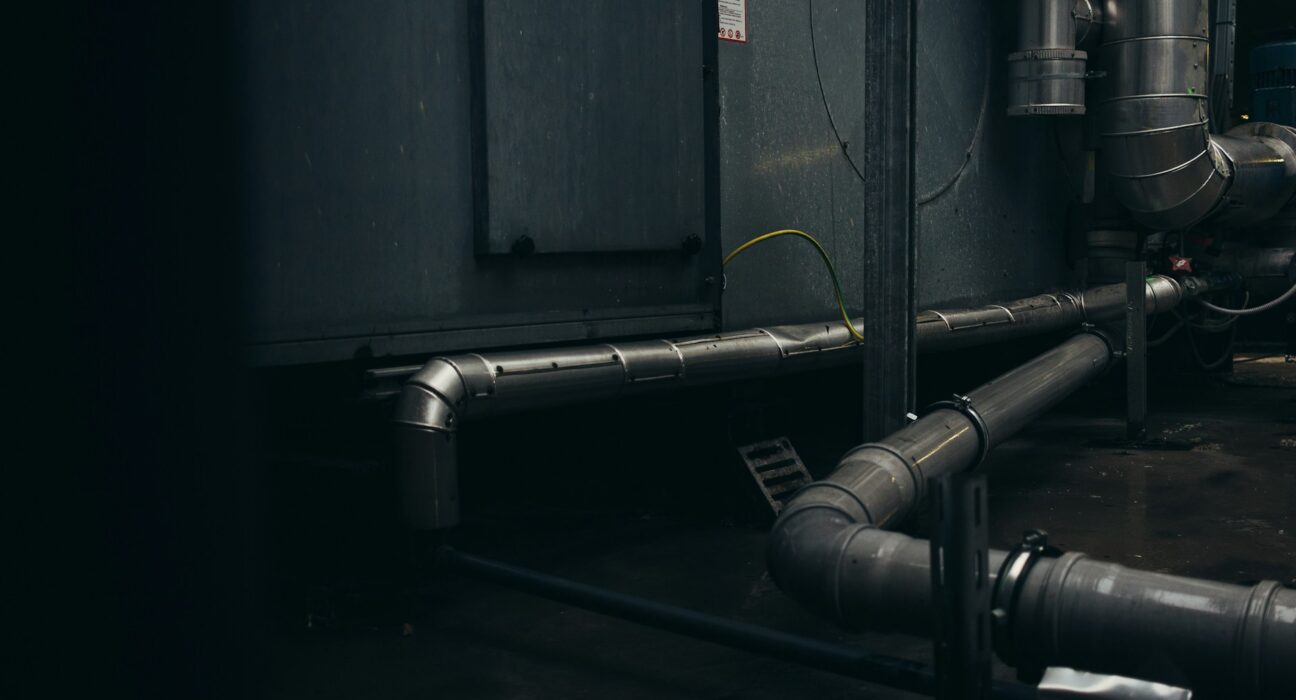Your home’s sewer system works tirelessly behind the scenes, carrying wastewater away from your property 24/7. Most homeowners never think about their sewer lines until something goes wrong. Unfortunately, by the time obvious problems surface, extensive damage may have already occurred, leading to costly repairs and potential health hazards.
Recognizing early warning signs of sewer line damage can save you thousands of dollars and prevent sewage backups that could contaminate your home. The good news is that your property will often give you subtle hints before a complete system failure occurs. Learning to identify these warning signs empowers you to take action before minor issues escalate into major plumbing emergencies.
This comprehensive guide at www.shawtrenchless.com will help you identify six key indicators that your sewer line may need professional attention. From unusual odors to landscaping changes, understanding these warning signs can protect both your property and your wallet.
Persistent Foul Odors Around Your Property
Indoor Sewage Smells
One of the earliest indicators of sewer line damage is the presence of sewage odors inside your home. These unpleasant smells typically emerge from floor drains, basement areas, or bathrooms. Unlike temporary odors from normal use, sewer line damage creates persistent smells that don’t dissipate with regular cleaning or ventilation.
The smell occurs when damaged pipes allow sewer gases to escape into your living spaces. These gases contain harmful compounds like methane and hydrogen sulfide, which pose health risks to your family. If you notice consistent sewage odors that seem to have no obvious source, your sewer line may have developed cracks or joint separations.
Outdoor Sewage Odors
Sewage smells in your yard or around your home’s exterior often indicate underground pipe damage. You might notice these odors near your foundation, in landscaped areas, or around manholes and cleanout access points. The smell typically becomes more pronounced during warm weather or after heavy rainfall.
Pay particular attention to areas where the odor seems strongest, as this often indicates the general location of the damaged pipe section. Document these locations to help professional technicians during their inspection process.
Slow Draining Throughout Multiple Fixtures
Multiple Drain Backup Patterns
When sewer line damage occurs, you’ll often notice that multiple drains throughout your home begin backing up simultaneously. Unlike isolated clogs that affect individual fixtures, sewer line problems create widespread drainage issues that impact your entire plumbing system.
Watch for patterns where using one fixture causes backups in others. For example, running your washing machine might cause your floor drain to overflow, or flushing a toilet could make your bathtub drain bubble and gurgle. These interconnected drain problems suggest that your main sewer line has significant blockages or structural damage.
Progressive Drainage Deterioration
Sewer line damage rarely happens overnight. Instead, you’ll typically notice a gradual decline in drainage performance across multiple fixtures. Showers that once drained quickly may start pooling water, and sinks might take longer to empty.
This progressive deterioration occurs as pipe damage worsens over time, reducing the line’s capacity to handle normal wastewater flow. Tree root intrusion, pipe settling, or joint separation can gradually restrict flow until normal usage overwhelms the damaged system’s capabilities.
Unusual Changes in Your Lawn and Landscaping
Unexplained Lush Green Patches
Sewage acts as a natural fertilizer, so leaking sewer lines often create unusually green, lush patches of grass above the damaged pipe. These areas typically appear greener and grow faster than surrounding vegetation, creating noticeable contrasts in your lawn’s appearance.
While fertilizer effects might seem beneficial, they indicate raw sewage contamination in your soil. This contamination poses health risks and can eventually kill vegetation as the concentration increases. Monitor your lawn for sudden changes in growth patterns, especially if these changes form linear patterns that might follow your sewer line’s path.
Soggy Ground and Standing Water
Sewer line leaks can create persistently wet areas in your yard, even during dry weather conditions. These soggy patches often develop into standing water pools that don’t drain naturally. The moisture comes from continuous sewage leakage, which saturates the surrounding soil.
Look for areas where your lawn feels spongy underfoot or where standing water appears without obvious irrigation or rainfall causes. These conditions often accompany sewage odors and may attract insects or create muddy conditions that persist regardless of weather patterns.
Fluctuating Water Levels in Toilets and Drains
Toilet Water Level Changes
Healthy sewer lines maintain consistent water levels in your toilet bowls. When sewer line damage occurs, you might notice that toilet water levels fluctuate unexpectedly. The water might drain away completely, leaving bowls nearly empty, or water levels might rise higher than normal without flushing.
These fluctuations result from air pressure changes in damaged sewer lines. Cracks or breaks allow air to enter the system, disrupting normal hydraulic balance. Temperature changes, wind conditions, or usage patterns in connected properties can exacerbate these pressure variations.
Gurgling Sounds from Multiple Fixtures
Damaged sewer lines often create distinctive gurgling sounds that emanate from multiple fixtures simultaneously. These sounds occur when air bubbles travel through compromised pipes, creating audible disturbances in your plumbing system.
Listen for gurgling that occurs without active fixture use. If you hear bubbling sounds from your floor drains while someone else uses an upstairs bathroom, or if multiple fixtures gurgle simultaneously, your main sewer line likely has structural damage that’s allowing air infiltration.
Recurring Pest Problems and Infestations
Increased Rodent Activity
Damaged sewer lines create entry points that attract rodents seeking water sources and shelter. Rats and mice can squeeze through surprisingly small pipe cracks and use damaged sewer systems as highways throughout your property. If you’ve noticed increased rodent activity despite proper home maintenance, compromised sewer lines might be providing access routes.
Pay attention to rodent signs near floor drains, basement areas, or locations where sewer lines pass close to your foundation. Droppings, gnaw marks, or unusual pet behavior near these areas might indicate that pests are using damaged pipes to access your property.
Insect Infestations
Broken sewer lines create moist environments that attract various insects, including cockroaches, drain flies, and other moisture-loving pests. These insects often emerge from floor drains or appear in basement areas without obvious explanations.
Drain flies, in particular, thrive in the organic matter that accumulates around damaged pipes. If you notice small, moth-like insects appearing near drains or in basement areas, especially in conjunction with sewage odors, your sewer line damage may be creating breeding grounds for these pests.
Foundation and Structural Warning Signs
Unexplained Foundation Settling
Severe sewer line leaks can wash away soil beneath your foundation, creating voids that allow structural settling. This settling often manifests as new cracks in foundation walls, gaps around windows and doors, or changes in floor levels throughout your home.
Foundation damage from sewer line problems develops gradually but can become extremely expensive to repair. Small foundation cracks might indicate soil erosion from long-term sewage leaks, while larger structural changes suggest more extensive underground damage.
Pavement and Driveway Changes
Sewer line damage beneath paved surfaces can cause concrete or asphalt to settle, crack, or develop sinkholes. These changes typically appear as linear cracks that follow the pipe’s path, or as localized settling in specific areas above damaged pipe sections.
Monitor your driveway, sidewalks, and patio areas for new cracks or changes in level. Pavement that rocks or moves when walked on might indicate underlying soil erosion from sewage leaks. Address these changes promptly, as they often worsen rapidly once structural compromise begins.
Taking Action: Next Steps for Professional Assessment
Recognizing potential sewer line damage symptoms is just the first step toward protecting your property from serious plumbing issues. Professional assessment using advanced diagnostic tools provides the accurate information you need to determine the right repair strategies.
Modern sewer inspection techniques, including camera inspections, can pinpoint the exact location and extent of pipe damage without destructive excavation. Companies like Shaw Trenchless offer comprehensive diagnostic services that help property owners understand their options before committing to expensive repair projects.
Don’t wait until minor plumbing issues become major disasters. Early intervention often allows for less invasive repair methods that preserve your landscaping and minimize disruption to your daily routine. Professional assessment also helps you budget appropriately for necessary repairs while avoiding emergency service premiums that come with system failures.
Contact qualified trenchless repair specialists in your area to schedule a comprehensive sewer line inspection. This investment in professional evaluation protects both your property value and your family’s health while ensuring your home’s wastewater system continues functioning reliably for years to come.







